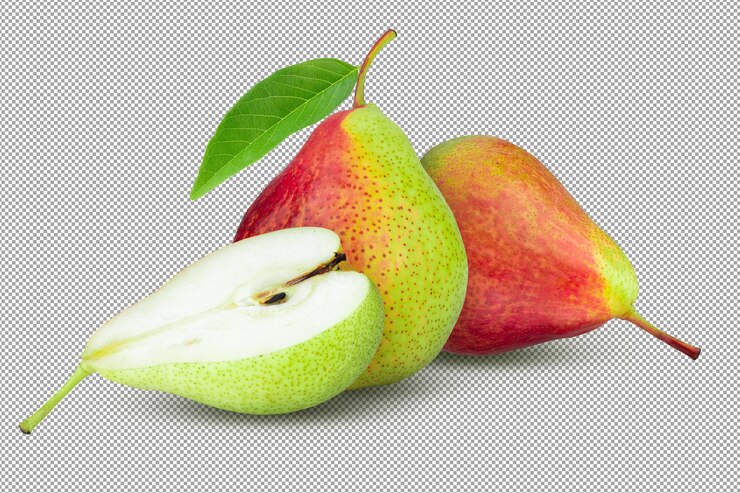Pear ruts, also known as pear psyllids or pear leaf blister mites, are tiny insects that can cause damage to pear trees. Here are some symptoms to look out for if you suspect your pear tree has been infested with pear ruts:
- Leaf blistering: The presence of small, raised blisters or bumps on the surface of the pear tree leaves is a common symptom of pear ruts. These blisters may start as green or yellowish and eventually turn reddish-brown.
- Leaf curling: Infested leaves may exhibit curling or twisting, leading to a distorted appearance. This curling is often associated with the formation of blisters.
- Stunted growth: If pear ruts infest the tree during its early stages, it can result in stunted growth. The affected trees may appear smaller and less vigorous compared to healthy ones.
- Leaf discoloration: Infested leaves may show signs of discoloration, such as yellowing or browning. This can be due to the feeding activities of the insects or the formation of blisters.
- Premature leaf drop: Pear trees infested with pear ruts may shed their leaves prematurely. The leaves may fall off the tree before the typical autumn leaf drop.
- Shoot dieback: In severe cases of infestation, the pear tree’s new shoots may experience dieback, causing them to wither and eventually die.
If you notice any of these symptoms on your pear tree, it is advisable to take appropriate action to control the infestation and prevent further damage. Consulting with a local agricultural extension service or a professional arborist would be helpful in identifying the exact cause and determining the most effective treatment options.
Join 'Farmers Mag' WhatsApp Channel
Get the latest Farming news and tips delivered straight to your WhatsApp
CLICK HERE TO JOIN






